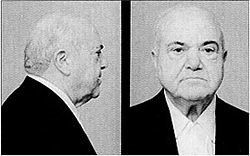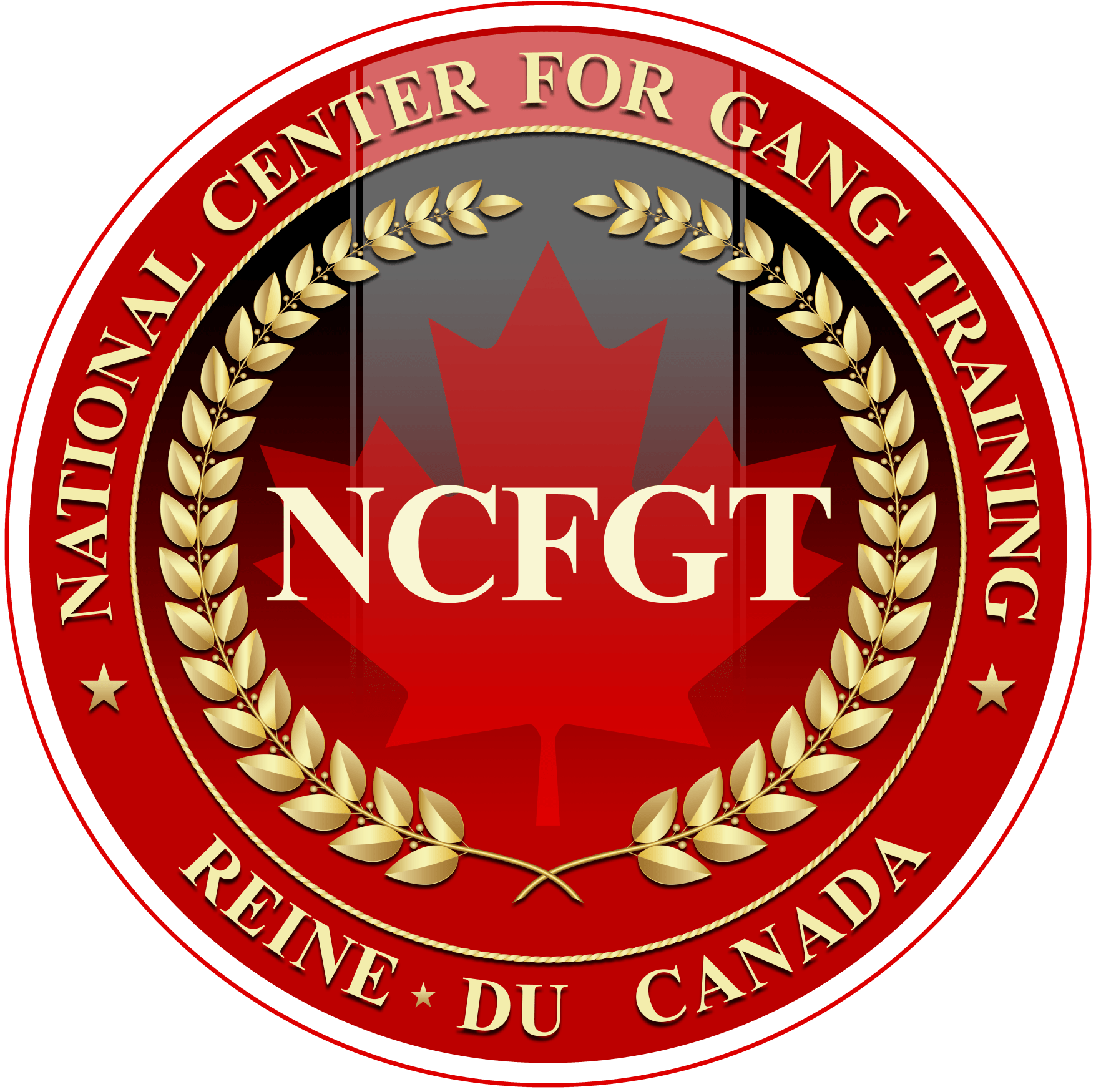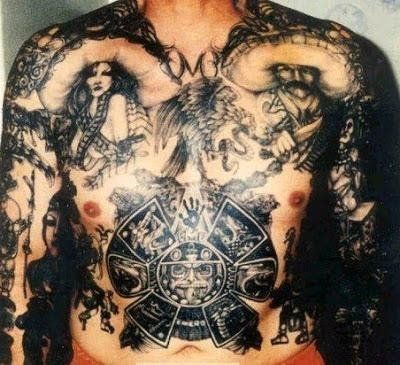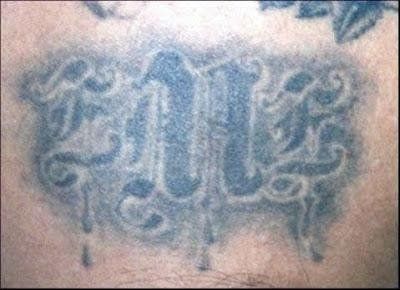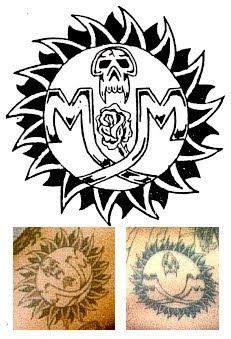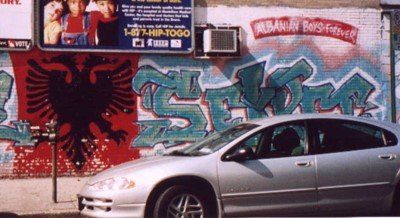Mexican Mafia
The Mexican Mafia, also known as La Eme (Spanish for the letter M) is an American-originated mostly Mexican-American criminal organization, and is one of the oldest and most powerful prison gangs in the United States.
The Mexican Mafia was formed in the late 1950s by Chicano street gang members incarcerated at the Deuel Vocational Institution, a state prison located in Tracy, California.
The foundation of the gang began with thirteen members of the Maravilla gang. These thirteen prisoners that laid the groundwork for the gang referred to themselves as Mexikanemi, which is translated from Nahuatl as "He Who walks with God in his heart." The initial founding member of the gang was Luis "Huero Buff" Flores, who was previously a member of the Hawaiian Gardens gang.
While the Mexican Mafia was founded in part to show reverence to Aztec and Maya heritage, its primary focus was to protect members against other prison inmates as well as corrections officers. Deuel Vocational Institution was treated as an educational facility by convicts, where they would develop their skills in fighting, drug dealing, and creating weapons.
Luis Flores initially recruited violent members to the gang, in an attempt to create a highly-feared organization which could control the black market activities of the Deuel prison facilities. As a response to the increase in violence, the California Department of Corrections transferred some members of the Mexican Mafia to other prison facilities, including San Quentin Prison. This action inadvertently helped the Mexican Mafia in recruiting new members in both the prison and juvenile correctional facilities in California.
Aztec calendar, black hand, Mexican eagle, letter "M"
In the late 1960s, Mexican-American (Chicano) inmates of the California state prison began to form a rival group to the Mexican Mafia, known as Nuestra Familia. Membership was often determined according to the locations of their hometowns (the north-south dividing line generally accepted as Bakersfield, California.)
There was a perceived level of abuse by members of the Mexican Mafia towards the imprisoned Latinos from rural farming areas of Northern California. The spark that led to the ongoing war between Nuestra Familia and members of the Mexican Mafia involved a situation in which a member of La Eme allegedly stole a pair of shoes from a Northerner. This event put into motion the longest-running gang war in the state of California.
The Mexican Mafia is an organization involved in extortion, drug trafficking, and murder, both in and outside the prison system. According to the Federal Bureau of Investigation, the Mexican Mafia had arranged for contract killings to be carried out by the Aryan Brotherhood, a white prison gang. Both the Mexican Mafia and the Aryan Brotherhood are mutual enemies of the African-American gang Black Guerilla Family.
The first prison gang street execution in Los Angeles was committed by the Mexican Mafia in 1971. Responsible for the murder was a white Maravilla gang member named Joe "Pegleg" Morgan. Morgan was well respected within the ranks of the Mexican Mafia and became a high ranking member. His connections with cocaine and heroin suppliers in Mexico helped pave the foundation for the Mexican Mafia's narcotics distribution throughout California. During the 1970s, while under the control of Rudy Cadena, the Mexican Mafia often took control over various community groups. The gang was able to filter money from alcohol and drug prevention programs to finance their criminal activities.
In 1995, United States federal authorities indicted 22 members and associates of the Mexican Mafia, charged under the federal Racketeer Influenced and Corrupt Organizations Act with crimes which included extortion, murder and kidnapping. One of the arrested members, Benjamin "Topo" Peters, was allegedly the Mexican Mafia's highest ranking member, and was engaged in a power struggle with fellow member Ruben "Tupi" Hernandez. Another indicted member was accused of having plotted the death of an anti-gang activist who served as a consultant for the film American Me. The indictments marked a two-year investigation by federal, local and state law enforcement officials.
In 2006, a 36-count federal indictment was brought against members of the Mexican Mafia. The arrests were made for alleged acts of violence, drug dealing, and extortion against smaller Latino street gangs. According to the federal indictment, Mexican Mafia members exert their influence in both federal and state prison systems through either violence or the threat of violence.
Members and associates of the gang remain fiercely loyal to the criminal organization both in and outside of prison, particularly in Southern California cities such as Los Angeles and San Diego. The gang asserts its influence over other gangs throughout Southern California by threatening violence against their members should they ever become incarcerated. Gangs and drug dealers who refuse to pay a protection "tax" to the Mexican Mafia are often murdered or threatened with murder. High-ranking members of the Mexican Mafia who are locked in private cells for 23 hours of each day are still able to communicate with their associates, through methods which range from tapping in code on prison plumbing pipes to smuggled letters.
While the Mexican Mafia is a highly-organized criminal entity, it is believed that the gang presently is not presided over by a single leader. Prison membership of the gang is believed to consist of at least 150 members with authority to order murders, and at least 1000 associates who can carry out those orders. It is estimated that the Mexican Mafia has over 30,000 members throughout the United States.
Modeled after the Sicilian Mafia in the United States, the Mexican Mafia operates on a paramilitary structure, including generals, captains, lieutenants and sergeants. Those ranking below the sergeants are considered soldiers, sometimes referred to as "carnales."
Members of the Mexican Mafia are expected to engage in tests of their loyalty to the gang, which may include theft or murder. The penalty for refusing orders or failing to complete an assigned task is often death. According to the gang's constitution, members may also be punished or murdered if they commit any of four major infractions. These include becoming an informant, acts of homosexuality, acts of cowardice, and showing disrespect against fellow gang members. According to gang policy, a member of the Mexican Mafia may not be murdered without prior approval by a vote of three members, yet the murder of non-members requires no formal approval.
During the early 1960s at San Quentin Prison, Luis Flores and Rudy "Cheyenne" Cadena established a blood oath for members of the Mexican Mafia. Prior to the establishment of the oath, members of the Mexican Mafia were allowed to return to their street gangs after incarceration. The new oath stipulated that the only way for a member to leave the Mexican Mafia was to be killed. Flores and Cadena also established a set of gang commandments. These included policies such as: a new member must be sponsored by an existing member, unanimous approval from all existing members to join (no longer policy), prioritizing the gang over one's family, denial of the existence of the Mexican Mafia to law enforcement or non-members, disrespect of other members, forgiving street conflicts which existed before incarceration. Execution of a member of the gang for policy violation must be committed by the gang member who sponsored him.
While mostly found in California, the Mexican Mafia has a membership which extends to other states including Texas, Arizona, and New Mexico.
The Mexican Mafia holds a strong alliance with the Aryan Brotherhood. The primary rivals of the Mexican Mafia are Nuestra Familia. The Mexican Mafia is also a rival of the Black Guerrilla Family prison gang, which holds a loose alliance with Nuestra Familia.
Mexican Mafia symbols include images of a black hand. The gang's primary symbol, which is often used in tattoos by members, is the national symbol of Mexico (eagle and a snake) atop a flaming circle over crossed knives.
Members of the Mexican Mafia often use the number 13 as gang identification, as the letter "M" is the 13th letter of the English alphabet.
Symbols: black hand of death, EME, 13, Emero, So Cal, Mafia Mexicana, Aztec calendar
Founder: Luis "Huero Buff" Flores
Years active: 1957–present
Territory: US federal prison system and Southern California
Membership: 100,000
Ethnicity: Hispanic
Allies: Sureños, Mexikanemi, Aryan Brotherhood, Florencia 13, 18th Street Gang
Rivals: Norteños, Nuestra Familia, Northern Structure, Black Guerilla Family
Arizona New Mexican Mafia
Around 1974, a group of Hispanic inmates at Arizona State Prison, Florence, formed a prison gang know as the Mexican Mafia. Arizona Department of Corrections officials at that time obtained information that this group pattered themselves after the California Mexican Mafia which had been in existence for several years. Several Hispanics who came into the Arizona Prison System brought the concept and philosophy of the California Mexican Mafia.
In 1978 the Mexican Mafia split into two organizations. One kept the original philosophy and structure and currently refer to themselves as the Original Mexican Mafia, "Califas Faction", "EME". The other, which came into prominence in 1984, refer to themselves as the New Mexican Mafia. Many assaults and murders of members of both groups have occurred as a result of each organization claiming the title of "Mexican Mafia" within the Arizona prison system.
Members of the New Mexican Mafia consider themselves autonomous with relation to the Original Mexican Mafia and the parent organization in California. They have created their own rules and regulations and have established an organizational structure. Each member is allowed to vote on issues regarding membership and leadership. The leader, approved by the members has the power to solely decide important issues (i.e., revoke present membership or reject new members) and may approve new members without an organization vote. As of the printing of this workbook, a few influential members are consulted on major issues by the leader. This may discontinue with a change of leadership.
Membership is comprised of inmates who have many years within the prison system, some were members of the Original Mexican Mafia, as well as first time offenders. Several newly recruited members have been identified as belonging to Hispanic street gangs throughout Arizona. Most members have been documented by law enforcement as having the New Mexican Mafia tattoo. All members are encouraged to wear it.
Members are allowed to use their own creative individuality for the tattoo pattern, however all "Pachas" or patterns must have the skull, double "MM" and the flames around the circle. The double M. Must curve downward and cross at the bottom. This signifies that the member has crossed over from the original Mexican Mafia to the New Mexican Mafia, if he was a member of the former. The large flames are to lean counter-clockwise and be partially shaded. The small flames lean clockwise and are supposed to be completely shaded.
The rose is considered the highest honor a member can obtain. It signifies that the member has successfully completed [a mission] an assault on his [the gang's] "enemies".
